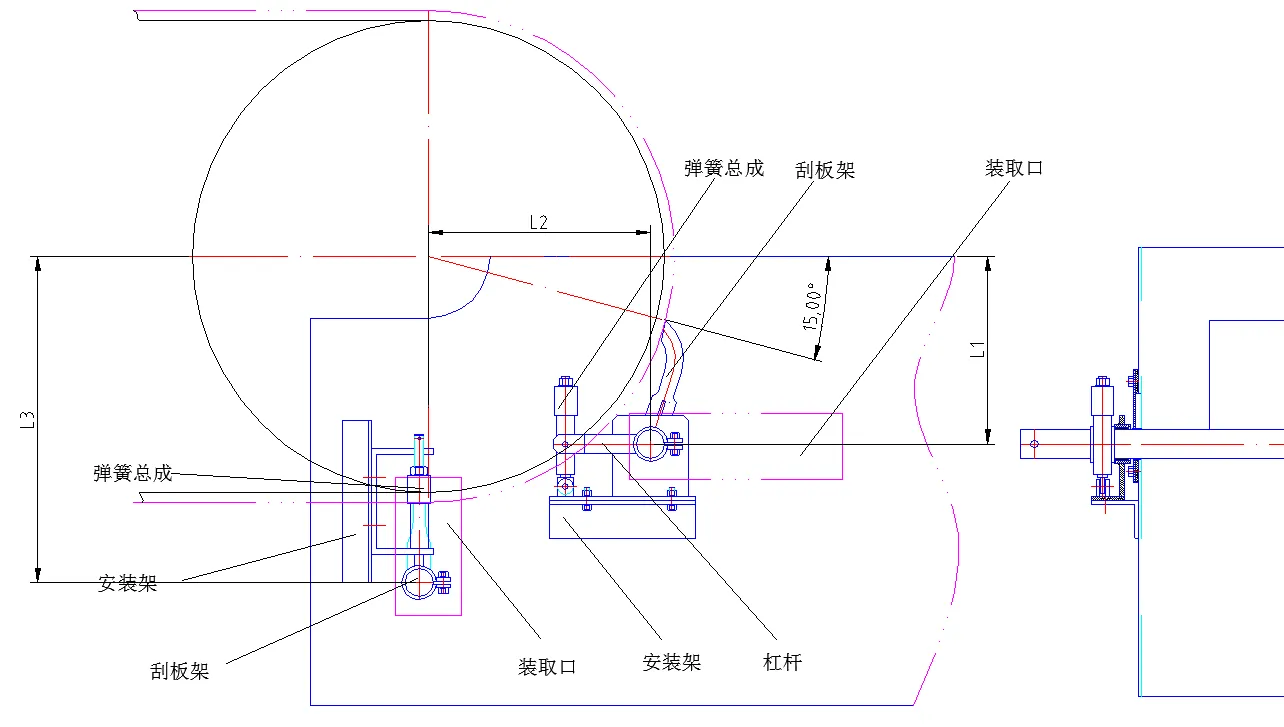 Afrikaans
Afrikaans  Albanian
Albanian  Amharic
Amharic  Arabic
Arabic  Armenian
Armenian  Azerbaijani
Azerbaijani  Basque
Basque  Belarusian
Belarusian  Bengali
Bengali  Bosnian
Bosnian  Bulgarian
Bulgarian  Catalan
Catalan  Cebuano
Cebuano  Corsican
Corsican  Croatian
Croatian  Czech
Czech  Danish
Danish  Dutch
Dutch  English
English  Esperanto
Esperanto  Estonian
Estonian  Finnish
Finnish  French
French  Frisian
Frisian  Galician
Galician  Georgian
Georgian  German
German  Greek
Greek  Gujarati
Gujarati  Haitian Creole
Haitian Creole  hausa
hausa  hawaiian
hawaiian  Hebrew
Hebrew  Hindi
Hindi  Miao
Miao  Hungarian
Hungarian  Icelandic
Icelandic  igbo
igbo  Indonesian
Indonesian  irish
irish  Italian
Italian  Japanese
Japanese  Javanese
Javanese  Kannada
Kannada  kazakh
kazakh  Khmer
Khmer  Rwandese
Rwandese  Korean
Korean  Kurdish
Kurdish  Kyrgyz
Kyrgyz  Lao
Lao  Latin
Latin  Latvian
Latvian  Lithuanian
Lithuanian  Luxembourgish
Luxembourgish  Macedonian
Macedonian  Malgashi
Malgashi  Malay
Malay  Malayalam
Malayalam  Maltese
Maltese  Maori
Maori  Marathi
Marathi  Mongolian
Mongolian  Myanmar
Myanmar  Nepali
Nepali  Norwegian
Norwegian  Norwegian
Norwegian  Occitan
Occitan  Pashto
Pashto  Persian
Persian  Polish
Polish  Portuguese
Portuguese  Punjabi
Punjabi  Romanian
Romanian  Russian
Russian  Samoan
Samoan  Scottish Gaelic
Scottish Gaelic  Serbian
Serbian  Sesotho
Sesotho  Shona
Shona  Sindhi
Sindhi  Sinhala
Sinhala  Slovak
Slovak  Slovenian
Slovenian  Somali
Somali  Spanish
Spanish  Sundanese
Sundanese  Swahili
Swahili  Swedish
Swedish  Tagalog
Tagalog  Tajik
Tajik  Tamil
Tamil  Tatar
Tatar  Telugu
Telugu  Thai
Thai  Turkish
Turkish  Turkmen
Turkmen  Ukrainian
Ukrainian  Urdu
Urdu  Uighur
Uighur  Uzbek
Uzbek  Vietnamese
Vietnamese  Welsh
Welsh  Bantu
Bantu  Yiddish
Yiddish  Yoruba
Yoruba  Zulu
Zulu Idler Roller Types | Comprehensive Guide to Selection and Applications
Understanding Idler Roller Types A Comprehensive Guide
Idler rollers are essential components in various conveyor systems, impacting their efficiency, durability, and overall performance. They serve to support the conveyor belt, reduce friction, and facilitate smooth movement of materials. However, not all idler rollers are created equal; their types vary based on material, design, and specific application needs. In this article, we will explore the different types of idler rollers, their purposes, and their advantages.
1. Standard Idler Rollers
Standard idler rollers are the most commonly used type in conveyor systems. Typically made from steel or plastic, these rollers provide support for the conveyor belt as it moves loads. They are cylindrical in shape and are available in various diameters and lengths to accommodate different belt widths. Standard idler rollers generally come with sealed bearings to reduce maintenance needs and enhance longevity.
2. Impact Idler Rollers
In applications where heavy loads are conveyed, impact idler rollers are essential. These rollers are designed to absorb the energy of falling materials, protecting the conveyor system from damage. Impact idler rollers usually feature a robust design, often with a thicker wall to withstand significant forces. They also have additional cushioning, such as rubber or polyurethane, to further mitigate impact forces.
Training idler rollers play a crucial role in ensuring the proper alignment of conveyor belts. They are strategically placed along the conveyor system to guide the belt and prevent it from drifting off course. Proper alignment is vital, as it minimizes wear and tear on the conveyor components and ensures efficient material handling.
idler roller types

4. Rubber or Polyurethane Idler Rollers
These idler rollers are made from elastic materials, providing certain advantages over traditional steel rollers. Rubber or polyurethane idler rollers reduce noise levels and enhance traction between the belt and roller surface. They are particularly beneficial in industries where noise reduction is important, and they also contribute to reducing wear on the conveyor belt, extending its lifespan.
5. Self-Cleaning Idler Rollers
In environments where dust and debris can accumulate, self-cleaning idler rollers are invaluable. Designed with a unique structure, these rollers feature angled surfaces that prevent material buildup. This design helps maintain the efficiency of the conveyor system by ensuring free movement of the belt and minimizing maintenance needs, which can be particularly beneficial in mining and agricultural applications.
6. Specialized Idler Rollers
Certain applications may require customized idler rollers to meet specific operational demands. Specialized idler rollers can include features like adjustable height or unique coatings for added durability. These rollers are tailored for industries such as food processing, packaging, or any sector with unique handling needs.
Conclusion
Idler rollers are integral to the performance of conveyor systems, and understanding the various types available is essential for selecting the right one for your application. Whether you are dealing with heavy loads, need alignment support, or require noise reduction, there is an idler roller type that meets your needs. Investing in the appropriate idler roller can greatly enhance conveyor efficiency and durability, ensuring a smoother operation in your material handling processes.
-
Revolutionizing Conveyor Reliability with Advanced Rubber Lagging PulleysNewsJul.22,2025
-
Powering Precision and Durability with Expert Manufacturers of Conveyor ComponentsNewsJul.22,2025
-
Optimizing Conveyor Systems with Advanced Conveyor AccessoriesNewsJul.22,2025
-
Maximize Conveyor Efficiency with Quality Conveyor Idler PulleysNewsJul.22,2025
-
Future-Proof Your Conveyor System with High-Performance Polyurethane RollerNewsJul.22,2025
-
Driving Efficiency Forward with Quality Idlers and RollersNewsJul.22,2025





























